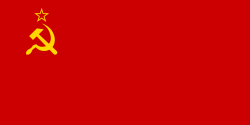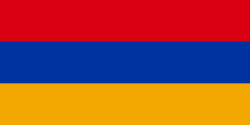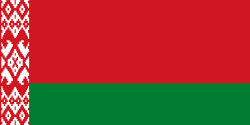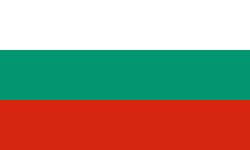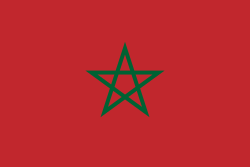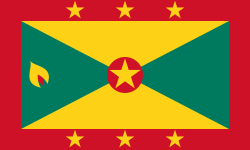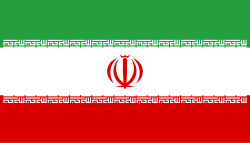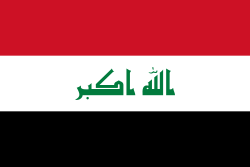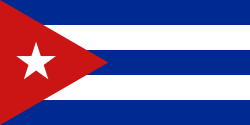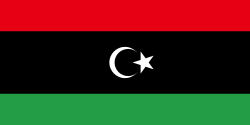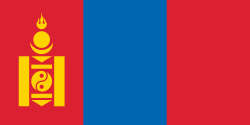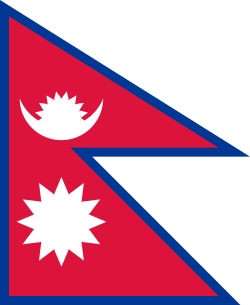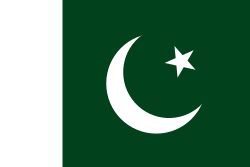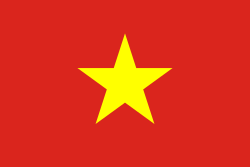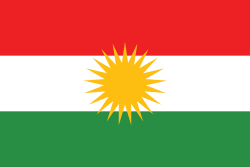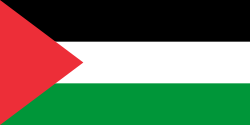SPG-9
| SPG-9 | |
|---|---|
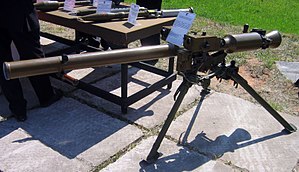 SPG-9M | |
| Typ | bezzákluzové dělo |
| Místo původu | |
| Historie služby | |
| Ve službě | viz uživatelé |
| Používána | 1962–dosud |
| Války | irácko-íránská válka válka ve Vietnamu Libanonská občanská válka syrská občanská válka válka v Iráku jemenská občanská válka rusko-ukrajinská válka |
| Základní údaje | |
| Hmotnost | 47,5 kg 59,5 kg (s lafetou)[1] |
| Délka | 2,11 m[1] |
| Obsluha | 2 |
| Typ náboje | kumulativní bojová hlavice |
| Ráže | 73 mm[1] |
| Úsťová rychlost | 250–435 m/s |
| Účinný dostřel | 800 m |
| Maximální dostřel | 1 200–6 500 m |
| Hledí | optický zaměřovač s čtyřnásobným zvětšením PGO-9 nebo infračervený PGN-9 |
SPG-9 Kopjo ("Kopí", rusky СПГ-9 Копьё) je sovětské bezzákluzové dělo ráže 73 milimetrů. Zbraň vystřeluje tříštivotrhavé a kumulativní granáty s raketovým motorem na pevné palivo, podobné střelám vystřelovaným z nízkotlakého děla stejné ráže 2A28 Grom obrněného vozidla BMP-1. Do služby v Sovětské armádě vstoupila v roce 1962 a nahradila bezzákluzové dělo B-10.
Uživatelé
Nestátní uživatelé
Reference
V tomto článku byl použit překlad textu z článku SPG-9 na turecké Wikipedii.
- ↑ a b c OPFOR Worldwide Equipment Guide, TRADOC DCSINT Threat Support Directorate, January 21, 1999
- ↑ Arşivlenmiş kopya [online]. [cit. 2016-04-03]. Dostupné online. (anglicky)
- ↑ Military Balance 2017
- ↑ a b c Military Balance 2016
- ↑ Arşivlenmiş kopya [online]. [cit. 2017-10-29]. Dostupné online. (anglicky)
- ↑ Hennessey, Patrick. The Junior Officers' Reading Club. Penguin Publications, 2009, p. 272
- ↑ Kemp, Colonel Richard and Hughes, Chris, Attack State RED, Penguin Books Ltd, London, 2010, pp. 325–334.
Externí odkazy
 Obrázky, zvuky či videa k tématu SPG-9 na Wikimedia Commons
Obrázky, zvuky či videa k tématu SPG-9 na Wikimedia Commons - (slovensky) 73mm bezzákluzový kanon SPG-9 Kopija na www.valka.cz
Média použitá na této stránce
Georgian flag in Pantone MS.
Flag of Iran. The tricolor flag was introduced in 1906, but after the Islamic Revolution of 1979 the Arabic words 'Allahu akbar' ('God is great'), written in the Kufic script of the Qur'an and repeated 22 times, were added to the red and green strips where they border the white central strip and in the middle is the emblem of Iran (which is a stylized Persian alphabet of the Arabic word Allah ("God")).
The official ISIRI standard (translation at FotW) gives two slightly different methods of construction for the flag: a compass-and-straightedge construction used for File:Flag of Iran (official).svg, and a "simplified" construction sheet with rational numbers used for this file.
Při zobrazení tohoto souboru lze snadno přidat orámování
Při zobrazení tohoto souboru lze snadno přidat orámování
Drapeau pour infobox
Flag of Donetsk People's Republic
Flag of Lugansk People's Republic
Autor: Herrn, Licence: CC BY-SA 3.0
The official and current flag of the Kurdistans Workers' Party (PKK).
Flag of the Pridnestrovian Moldavian Republic (Pridnestrovie, Transdniestria, Transnistria). The flag's reverse omits the hammer and sickle
Flag of the Islamic State .This flag is also used by al-Shabaab, al-Qaeda in the Arabian Peninsula (AQAP), al-Qaeda in the Islamic Maghreb (AQIM), and Boko Haram. The design shows the shahada in an arrangement that includes the image of the historical "seal of Muhammad" (more precisely, the "seal" design is based on a 1980s facsimile of Ottoman era copies of letters written and sealed by Muhammad, in which the copyists had manually inked the seal impression; the jihadist flags seen in press photographs do not show the seal as circular but in a slightly irregular shape that faithfully mimicks one particular such specimen; see w:seal of Muhammad for details). Also note that the representation of this seal formerly uploaded to commons but since deleted is merely a graphist's "fictionalisation" of what the seal might have looked like; the actual artefact on exhibit as the "seal of Muhammad" in Istanbul is rectangular)
